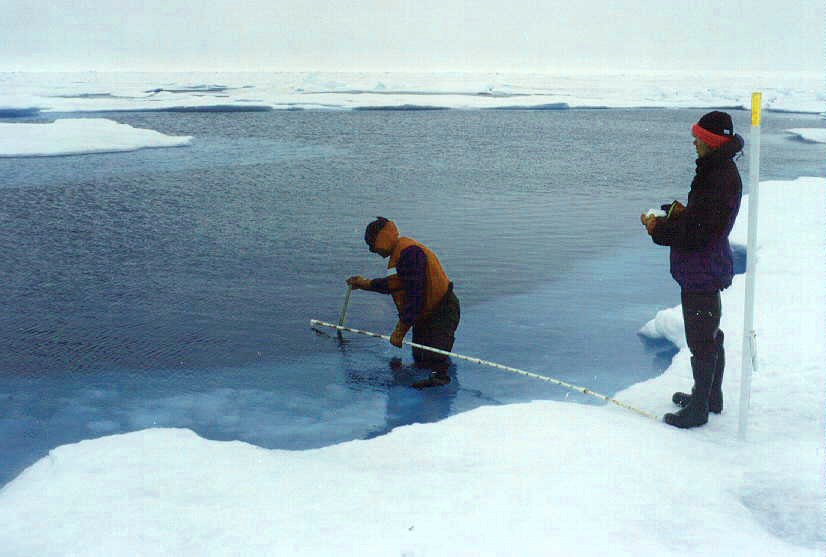Recent studies predict that the Arctic could experience its first ice-free day within the next three years, a milestone that underscores the urgency of climate action. Researchers from multiple institutions warn that the accelerating loss of sea ice will have catastrophic consequences for global climate stability.
Why Arctic is Losing Ice Faster than Expected

Historically, Arctic ice has melted during the summer and refrozen in winter. However, rising global temperatures have disrupted this cycle. Increased greenhouse gas emissions have intensified warming, leading to thinner ice formations that are less likely to recover each winter.
The Implications of an Ice-Free Arctic

The disappearance of Arctic ice would have widespread impacts. Wildlife, including polar bears and seals, relies on ice for survival. Without it, their habitats shrink, pushing them toward extinction. Additionally, the Arctic’s reflective ice helps regulate global temperatures. As it vanishes, darker ocean surfaces absorb more heat, accelerating climate change and leading to rising sea levels that threaten coastal cities worldwide.
What Scientists Predict for the Future

Climate models indicate that ice-free days will become more frequent, potentially occurring annually by mid-century. Scientists stress the need for immediate carbon emission reductions to slow this trend. Without intervention, irreversible environmental shifts could reshape ecosystems and human societies.
Conclusion

The approaching ice-free Arctic is a stark warning of the accelerating climate crisis. Addressing this issue requires global cooperation and policy changes to mitigate greenhouse gas emissions and protect vulnerable ecosystems. Scientists urge urgent action before the consequences become irreversible.
Source:





